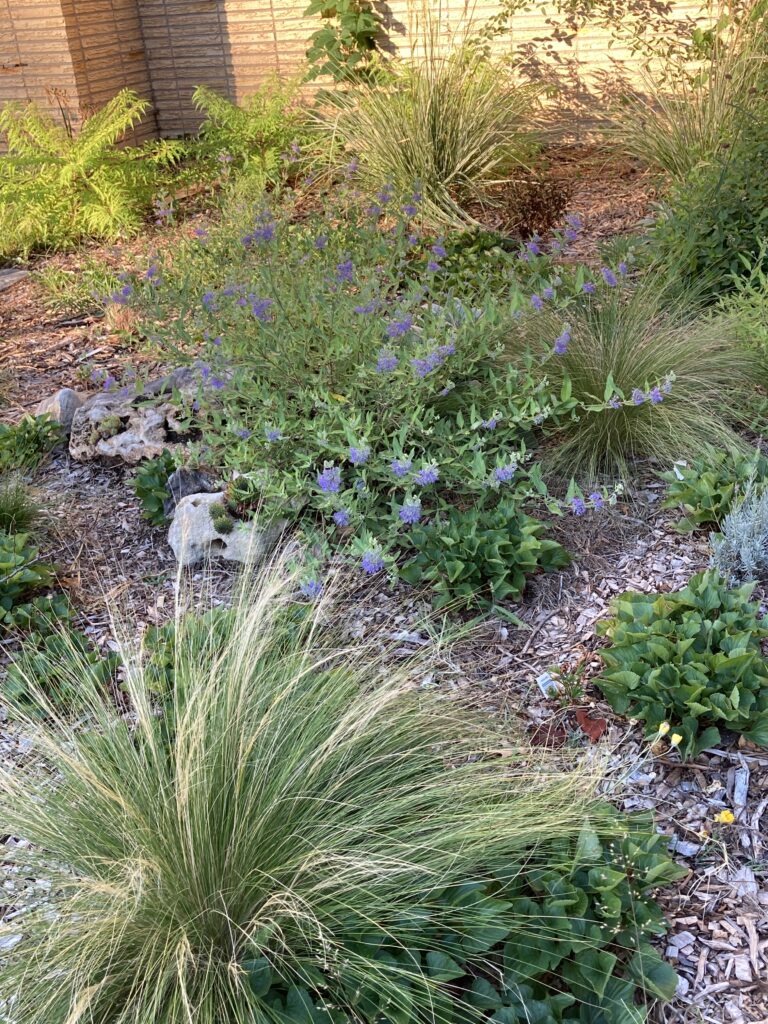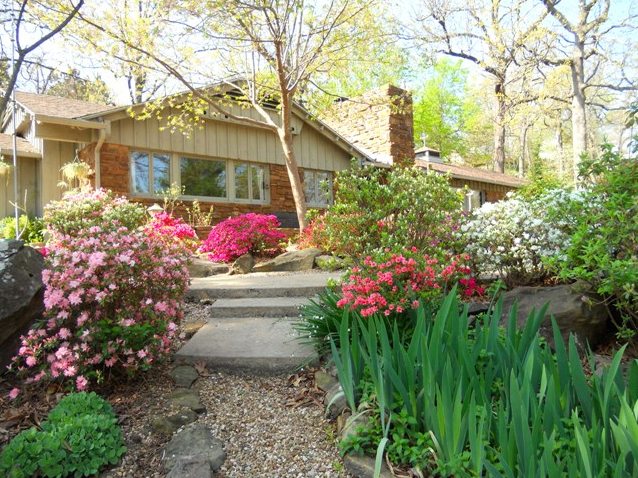Lawn alternatives are more than just a passing craze. They are a great way to reduce your carbon-footprint and increase pollinator habitat. I am excited to present a class this week on this very topic, and thought it might be nice to preview it here on the blog.

Cost over the ‘Lawn’ Haul
Traditional lawns of cool season grasses such as fescue and Kentucky blue grass have a wonderful place in my heart. They are great for entertaining, playing family games of badminton or throwing a Frisbee for the dog. But all that green space adds up: Kansas alone has 157,000 acres of turf and lawn, according to data from 2006 released by the KSDA. In that year, it cost Kansans an average of $1,541 per acre to maintain the turf grass in our state. So we end up with lots of grass, lots of money spent, but little to show in terms of habitat, soil health, or carbon sequestration.

Lawn Alternatives Bring Balance
Rather than villainizing turf grass and framing it as the epitome of all native landscaping evils, a symbol of a Eurocentric society ,obsessed with outward displays of status that date back to palaces and aristocratic practices of a bygone era….I choose to focus on balance. We must balance our love of flat, green, monoculture lawns with the urgent need for diverse native plantings. By converting some areas of your lawn to forbs, shrubs, native grasses and groundcovers, you gain interest and beauty and ecological benefits.

If you want to learn more about planting lawn alternatives, what species to choose and maintenance tips, be sure to sign up for our Native Plant School Series and catch my class tomorrow night!
